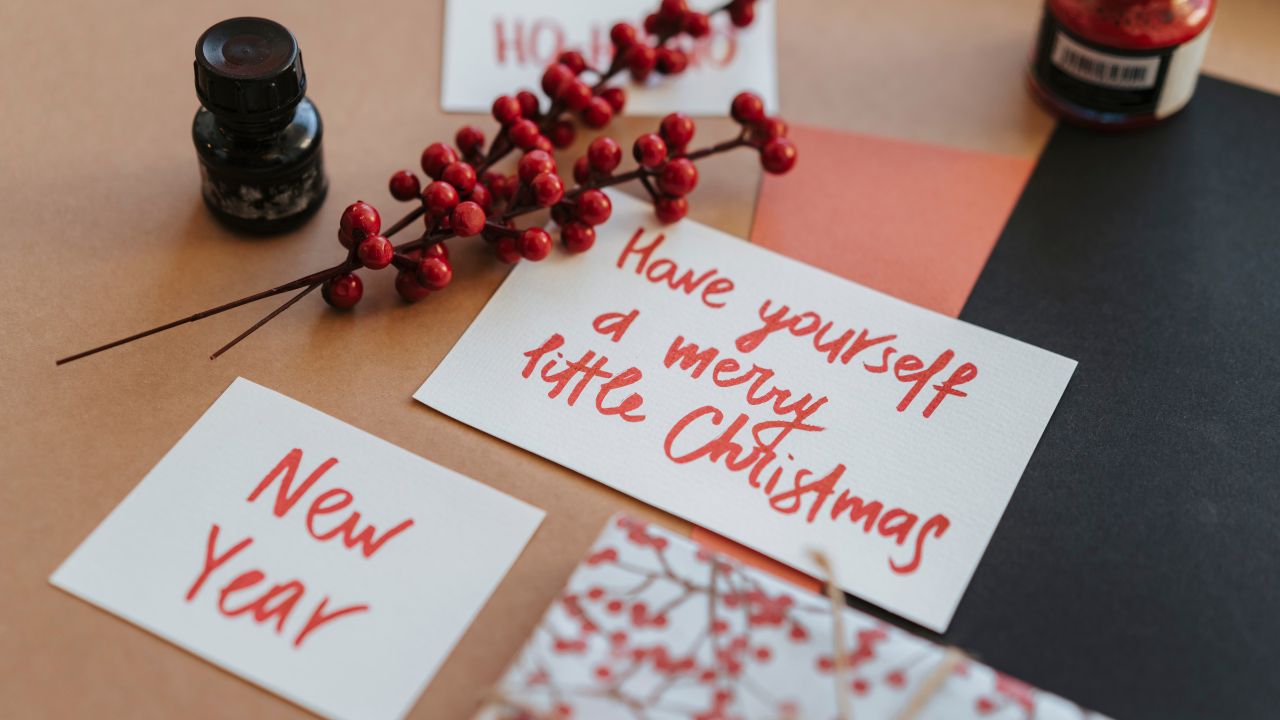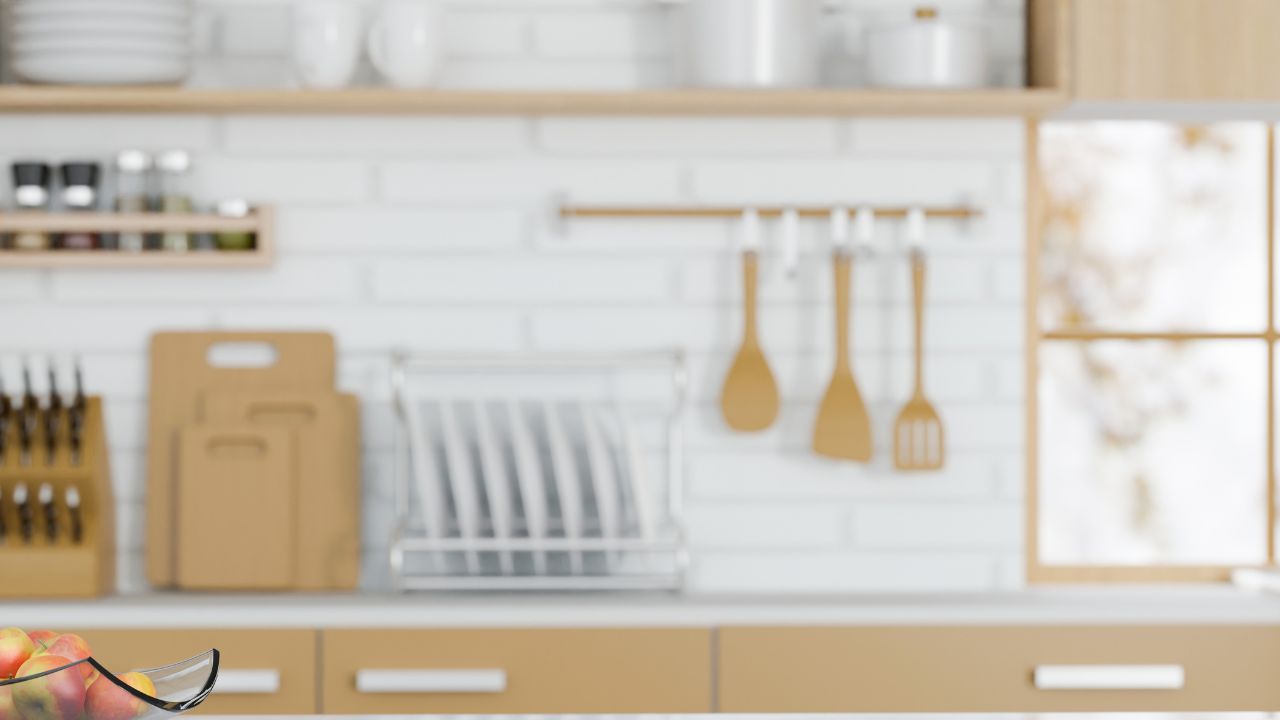We all want our publications to look their absolute best. A professionally designed and laid out print booklet is key to grabbing the audience’s attention.
To convey a message through printed documents, understanding the main steps of preparing a booklet for printing is vital. In this article, you’ll learn how to choose the right format, refine the appearance, and ensure top-quality imagery and text. You’ll also receive tips on crafting your booklet and preparing it for print.
So, let’s dive into the world of printing and discover how to create stunning booklets that your readers will remember for years to come.
Preparing Booklets for Printing There are various types of booklets, from product catalogues to event programmes, and each requires distinct printing needs. By considering the elements below, you’ll get an idea of what you want your booklet to look like post-printing.
Paper Type When it comes to selecting paper, there are several choices, each with unique characteristics. Decide on the paper weight and texture as these factors will impact the final print quality of the booklet.
Tissue paper is often recommended by default due to its smooth finish, providing a professional look and feel. Glossy paper provides a high-quality shiny appearance, making it an excellent option for showcasing high-resolution photos to impress clients or create attention-grabbing covers. Uncoated paper, with its rough texture, offers a vintage touch and slightly dulls colours, making it popular for a faded, retro aesthetic, especially in zines.
If unsure about which paper to choose for inner pages, tissue paper is a safe bet that consistently delivers good results. Glossy and uncoated papers each have specific benefits based on the desired aesthetic and content requirements.
Binding Options For smaller booklets, there are three primary binding types.
Staple binding is the most common and cost-effective method, involving placing two staples at the centre of double pages to hold them together. A light silk cover is essential to ensure the staples don’t disintegrate.
Perfect binding resembles a softcover book as individual pages are glued to the spine, presenting a square edge. This binding type is frequently used for high-end publications because it gives the booklets a more professional appearance. Some high-end books are saddle-stitched, using thread to attach pages to the spine – but saddle-stitching can prove too expensive for most booklets.
However, it’s vital to note that perfect-bound booklets should have a square spine and the paper needs to be of a certain thickness. For instance, for a 130 g/m2 paper, at least 36 sides are needed to meet the minimum thickness requirement. If the paper was thinner, more pages would be required for the binding to work.
Wiro or wire-o binding is less common for small booklet printing. In this case, coiled wire rings hold pages together through holes punched into these rings. Wire-o binding is often used for custom formats like notepads and business catalogues.
Paper Size Popular booklet sizes vary depending on the country and the designer’s or organisation’s preferences. However, there are a few prevalent sizes frequently used.
A5 format is half of A4 size and measures approximately 5.83 inches in width and 8.27 inches in height (148 mm x 210 mm). It’s the size of many booklets and notebooks in Europe, for example, and is very popular for booklets. Other variants include B5 or smaller sizes like A6 and B6. This is the right page size for creating smaller books, like a colouring book or custom booklets.
Half-letter: This size is half of the American Letter page size and measures roughly 5.5 x 8.5 inches (140 mm x 216 mm). It’s a compact and affordable format, often used for brochure or pamphlet printing in the US.
DL: The DL format measures approximately 3.9 inches wide and 8.27 inches tall (99 mm x 210 mm). Being long and slender, DL booklets present information in a clear and attractive manner.
How Long Does It Take to Print a Booklet? The time required to print a booklet depends on various factors, and delivery dates can vary based on the printer. The production schedule might be influenced by the project’s complexity, the number of booklets you’re ordering, the printing method used, and printing resource availability.
Typically, pre-press, printing, and finishing can range from a few days to a few weeks for small to medium runs. Often, smaller orders are less prioritised by printers compared to bigger, well-paid orders. It’s always crucial to discuss with the print shop or other printers to get a more accurate estimate based on your needs and their current workload.
Preparing your booklet for printing isn’t a walk in the park. Booklet printing involves several crucial steps that ensure a smooth and successful print process. You begin with an idea, and you end with a finished booklet, from the front cover to the back.
Gathering Your Booklet Content To craft a booklet, writing comes first. Gather everything you wish to include – this might be text, images, tables, charts, or any other content. Here are some pointers to consider when collecting your booklet content:
Text: You need a message to share. Maybe you’re promoting a product or service, or perhaps you want to disseminate useful information to your audience. Draft your content in a Word or Google Doc before starting the design process. Proofread and edit your content to ensure clarity and correctness.
Images: Imagery can make or break a booklet. Use high-resolution images that convey your message. You can purchase stock photos or hire a professional photographer. Remember, the image quality in your printed booklet will only be as good as the original file.
Other graphics: Tables, charts, and other graphics can visually represent complex information. If you don’t have the necessary design skills, consider hiring a graphic designer or using a template.
Consistency: Maintain a consistent tone and style throughout your booklet. Fonts, colours, and layouts should be uniform to ensure your booklet is easily readable and looks professional.
When you have all your content gathered, it’s time to move on to the design process.
Designing Your Booklet Designing a booklet can be a challenging process, but it’s also a lot of fun. You get to decide how everything will look, from the typography and images to the colours and layouts. Here’s a step-by-step guide to help you through the design process:
Choose a design software: You can use a range of design software options, such as Adobe InDesign, Microsoft Publisher, or Canva. If you’re not experienced in design, Canva is user-friendly and offers many templates.
Setup your document: Before starting, set your document to the correct size for your booklet. Make sure to include bleed areas and ensure that your document is set to CMYK colour mode, which is the standard for printing.
Use grids and guides: These tools can help ensure that your content is aligned correctly and looks professional. Set up margins, columns, and baseline grids to keep your text and images in place.
Choose typography wisely: Typography can convey a lot of emotion and meaning. Choose fonts that reflect your booklet’s purpose and audience. Ensure that your text is legible by selecting appropriate font sizes and line spacings.
Use high-quality images: As mentioned earlier, your images need to be of high quality. This means they should be at least 300 dpi for printing. Avoid using low-resolution images as they will appear pixelated when printed.
Add interactivity: If your booklet is going to be digital as well, consider adding interactive elements like hyperlinks, videos, or animations.
Proofread: Before sending your design to the printer, proofread everything. Check for typos, grammar mistakes, and layout issues. Make sure that all your images are in the correct place and that they’re of high quality.
Save your design: Once you’re satisfied with your design, save it in a print-ready format, such as PDF. Make sure to include bleed areas and crop marks.
Sending Your Design to the Printer Once you’ve gathered your content and designed your booklet, it’s time to send it to the printer. Here’s a step-by-step guide to help you through the process:
Choose a printer: Do your research and choose a printer that fits your needs and budget. Look for printers with good reviews and a history of producing high-quality booklets.
Get a quote: Once you’ve chosen a printer, get a quote. This will give you an idea of how much your booklet will cost and how long it will take to produce.
Submit your design: Send your design to the printer in a print-ready format. Most printers prefer PDFs, but some might accept other file types. Make sure to include all the necessary details, such as size, paper type, and binding.
Proofing: Once the printer has received your design, they will usually send you a proof. This is a sample of what your booklet will look like once it’s printed. Check the proof carefully for any mistakes or issues. If you’re satisfied with the proof, give the printer the go-ahead to print your booklet.
Booklet printing and delivery: Once your booklet is printed, it will be delivered to you. Make sure to check the delivery for any damages or issues. If everything looks good, you’re ready to distribute your booklet!
In conclusion, creating a booklet can be a lengthy and challenging process. However, with careful planning, attention to detail, and the right tools, you can produce a high-quality booklet that conveys your message effectively and looks great. Whether you’re promoting a product or service, sharing information, or telling a story, a well-designed booklet can be a powerful tool for communication.



